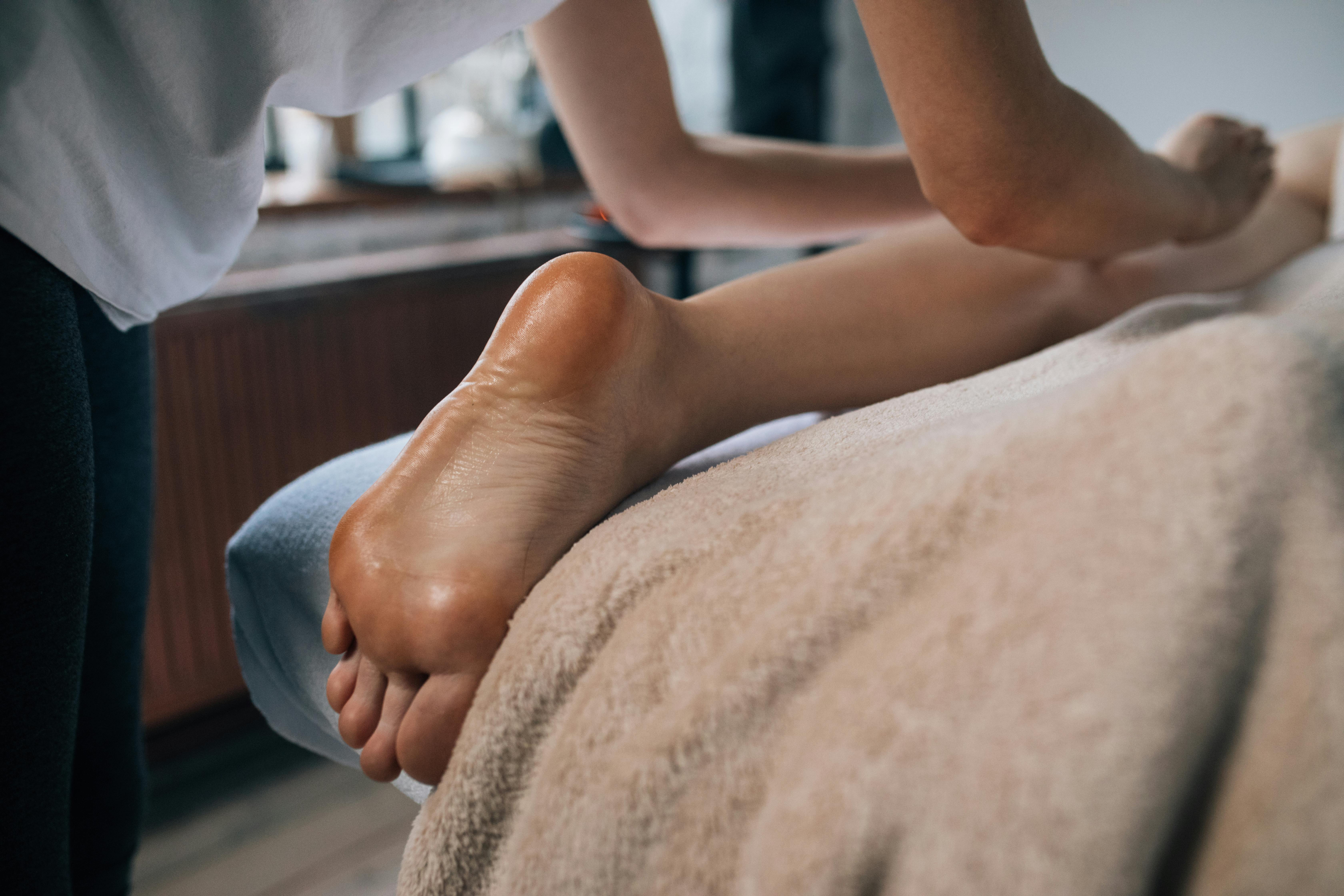What is the problem?
There are many manufacturers of fiber optic patch cables, offering competitive and cost-effective end-user prices for these products. As the product has become more and more of a commodity, it is wrongly assumed that all patch cords will perform the same as long as a few certain performance metrics are met. Most associate a good insertion loss (IL) and a return loss (RL) as the only recipe for a good patch cord, and because of this, the barrier to entry is small. There are many “machine shop” environments that can produce a fiber patch cord to meet these metrics, but are they really producing a good patch cord that will perform reliably over time? The answer is unknown as they have not made the financial commitment for the test team that validates if their process is capable and repeatable. Because their metrics are limited, they can claim first-pass returns (FPY) that are on par with a world-class manufacturing environment, yet offer a price and delivery time that seems very user-friendly. .
That I have to do?
It is important that you, the customer, understand what makes a good patch cord by taking the time to do your research and ask some critical questions of your patch cord vendor candidates. Your inquiry and choice of a supplier should, at a minimum, address 3 areas: the connector hardware, the termination process, and the final inspection methods. Failure to do so puts your income generating circuits at risk. Patch cord termination quality and performance issues can cause you major headaches as they are often difficult to fix. A few pennies saved isn’t very comforting when those few pennies are the reason your critical network or client is yelling “Network down!” at the worst possible time.
Where do I start?
In January 2001, the telecommunications industry began the process to change the testing standards for devices used in uncontrolled environments. The industry established the level 2 certification criteria, SR4226, for fiber optic connectors and jumper assemblies. The criteria were based on Telcordia’s generic requirements document, GR-326-CORE, established a year and a half earlier. A review is currently being reviewed to improve performance metrics. The standard addresses the suitability for proper use, as well as the performance metrics and physical geometries of a fiber optic termination. The key metrics of this standard are where you should start when developing your internal standards and what you should use to rate your suppliers. 3 However, it is a huge document … and it is expensive! So what are the key metrics to look for?
Connector
To begin with, and to clear up doubts in this area, it is advisable to use a GR certified connector. This is a connector that has been tested by Telcordia or a third party and meets or exceeds the standard for this network component. You should ask the size of the splint that is being used; a smaller size improves the chance of concentricity (a measure of how well the fiber core is centered in the ferrule). Some use a large 127 micron capillary, while a 125.5 improves on this metric as the core / cladding of a finished fiber measures at 125.
Termination process
Ask if the epoxy is outgassing, especially if your patch cord will be used in uncontrolled environments like OSP. What kind of prep equipment do they use? The more automated equipment used, the less chance of long-term critical failures. A manufacturing process can fool the system by using cheaper, manual preparation tools. Manual preparation tools can cause nicks in the fiber that may only become apparent over time.
What kind of slit do they make? Is it a manual that requires a high level of skill achieved by years of experience? An automated process such as a laser cutter greatly improves first pass throughput data and offers a more repeatable throughput process.
Test and Measure
Your minimum requirements should include data that meets insertion loss and return loss (reflectance). The insertion loss must meet the minimum of 326 4 dB cores, with a reflectance of 55 dB for UPC connectors and 65 dB for APC. Asking a manufacturer’s typical process performance metrics can save you link loss budgets on a long stretch of fiber over an FTTH network.
Apex shift, the measure of how well the central core of the fiber is centered relative to the spherical apex of the polished tip, minimizes lateral shift between two fibers and maintains better physical contact. The apex shift describes a physical condition of the polished fiber, rather than a performance parameter. It is also an acceptance criteria for Telcordia. Excessive apex shift contributes to high insertion loss and high back reflection readings.
The undercut or bulge of the fiber affects the area of physical contact. This metric measures, in nanometers, the height of the fiber below or below the ceramic tip. Too much undercut minimizes the chance of good physical contact, while too much undermines the fiber when coupling occurs, resulting in signal degradation. When two connectors are mated, the ceramic is compressed around the fiber core, allowing the fibers to squeeze together and make good contact with each other. When they do not touch (due to excessive cutting), an air gap is created and a leak occurs. If the fiber sticks out too far (more than 50 nm), chips and cracks can occur during matting. The radius of curvature is the measure of the spherical condition of the end of the connector. The radius generated affects performance because the radius, when mated with another connector, must compress most of the material around the core (ceramic ferrule). A proper radius, 5 to 12mm, allows for proper compression and maximum performance. Too narrow a radius will put too much compression on the glass and too loose will put too much on the surrounding ferrule without enough compression. Too much or too little radio can cause light scattering or improper physical contact for optimal signal transfer. 5 Plane: 0mm radius 5-12mm radius Apex deviation, fiber undercut / overhang, and radius of curvature are the main ingredients that work together to deliver good IL and RL performance. Processes that deviate from this geometry range can still produce acceptable IL / RL, but sensitive traffic (such as video) will suffer and long-term performance of the connector will be compromised.
Your supplier should be able to provide these geometry test reports with available interferometer tests. While you may not need this data for each and every connector, you should require random testing to ensure that the process is capable and does not go out of specification. Garage shops will not be able to deliver this test data on request.
Your test reports should consider each connector independently and not a total report that summarizes both extremes.
Quality and cleanliness of the final face
Currently, there is no industry standard for this topic. Without a doubt, the end surface and cleanliness have a direct impact on the performance of the connector. Several organizations (notably NEMI) have studied the impact of flaws and end cleanliness. The influence of contamination / scratches is more evident when located in the core / cladding areas. Particulate contamination can cause a significant increase in IL (up to 10 times) and a decrease in RL (up to 3 times). Scratches applied to fiber contact zones 1a and 1b, which is an area from core to cladding (125um), decreased RL by up to 25%. On the other hand, localized scratches in the coating layer showed little effect on IL and RL. Multiple heavy scratches running through the core caused severe performance degradation in IL / RL and can be catastrophic.
Connectors with particulate contamination will pass the contamination to mated connectors. Contaminants can avoid direct physical contact, creating an air gap. Multiply this by the number of re-matches over time and the problem will spread. Pitting and scraping, in critical contact zone 1a, will accumulate particles over time and the same spread of contamination will occur. Long-term reliability in dynamic circuits is severely reduced compared to those that are static. Scratches and polish marks outside of critical contact areas are acceptable and have no impact on signal performance.
Quality fiber assembly manufacturers and OEMs will have their own inspection criteria. However, these specifications differ from company to company and the differences may result in the materials not conforming to the standards on user / customer sites.
What will your inspection criteria be?
Your provider must provide images with a minimum magnification of 400X. While some manufacturers require that there be no visual damage with this increase in the defect area (approximately an area 8 times the diameter of the core), others require that the entire contact area be free of defects. Others may allow 1 hole and 1 X micron long or wide scratch. There should never be any scratches or pitting on the core.
Other manufacturers will allow some defects in contact zone 1. And some, which you should avoid, do not have a standard in this area. Important point: Zero defects can be achieved in this area and you should ask for it.
Taking a little time to review your suppliers’ choice of connectors, termination processes, test and performance methods, and their stated and published termination criteria will eliminate “machine shop” environments and leave manufacturers on their toes. of World class. Doing so is important to investing in the reliability of your entire network.



